The worst of Aberdeen’s empty council houses are to be ripped apart – as the city gets to grips with the problem of “crumbly” concrete.
Long-vacant houses awaiting improvement to attract new tenants are now to be used to explore the extent of potential troubles with reinforced autoclaved aerated concrete (RAAC).
Already four properties in the Balnagask area of Torry have been sliced open, as council engineers look for signs of strain in the troublesome building material.
More in the area will follow.
And – despite the issues – property chief Stephen Booth has revealed the city will have to consider buying affected properties back from owners of former council homes.
RAAC affecting more than just Aberdeen council housing
The “bubbly” concrete was used between the 1950s and the 1990s because it was cheap and lightweight.
Many commercial buildings from this period, particularly in schools, colleges and hospitals will contain RAAC, especially if their roofs are flat.
There were four flat-roofed city primary schools that were thought to be at risk.
But council chiefs have now marked them safe after a closer look at them, aided by specialists secured in a nationwide scramble for trained help.
Abbotswell School, Cornhill School, Quarryhill School and Westpark School have been scored off the at-risk list.
Elsewhere, a very small area of the concrete has been found in the stairwells of St Machar Academy.
A temporary solution has been put in place to protect staff and pupils there, while surveys continue at Hazlehead and Northfield academies.
Schools are being looked at first before other public buildings identified, such as the Town House extension and the already-closed Hazlehead swimming pool.
The discovery of RAAC has already expedited the move of doctors out of the Denburn Medical Practice.
Around 500 Aberdeen homes being investigated f0r RAAC
But the biggest worry so far shared with the public has been housing in Torry.
The huge local authority probe – drawing staff from other work across the council – has identified 500 current and former council houses in Balnagask are at-risk.
Talks with local groups, parents, homeowners and tenants has confirmed there is “a lot of concern out there,” council property chief Mr Booth reported.
“In short, all RAAC roofs over a period of time, the lifespan of the building, will need to be replaced.
“When depends on the structure, the nature and how well they have been maintained.”
In Balnagask, 504 properties have been found to contain RAAC.
More than 360 are the council’s, while another 142 are privately owned, former council, homes.
Despite the huge number of homes affected, and 320 tenants in place, only 45 households attended council-run drop-in sessions on what could be done.
Local authority staff had hand-delivered letters to all affected properties beforehand.
Councillor Alex Nicoll said he had found one of the public meetings “very helpful”.
He added: “The last thing we want is for a situation were rumour grows arms and legs and people who are already rightly concerned become potentially more concerned unnecessarily.”
Council using worst of Aberdeen’s housing to find RAAC failures
More than 40 of the council’s 362 RAAC-impacted homes are empty.
And this could prove crucial to the local authority, working to understand if the worrying concrete has deteriorated.
The council housing in poorest condition is to be sacrificed for “full intrusive” surveying by structural engineers.
Already four properties have been fully opened up to allow officers to find out how the homes were constructed, and to help identify any areas where they might fail.
Another 15 tired properties will be forensically autopsied in the next few weeks to add to the sample size.
Meanwhile, a full review of council housing – past and present – continues to search for possible RAAC.
How much could fixing the RAAC in Aberdeen’s council housing cost?
Former US Defence Secretary Donald Rumsfeld was channelled a number a times as council officials admitted “known knowns”.
How much will the work cost? Who will pay for it? How affordable it will be for tenants and owners?
Mr Booth has not yet got the answers. Focus so far is on the technical solutions.
Hailed as “a bit of a national authority on the issue” by councillors, he warned the situation “gives us great concern until we have all the answers we need”.
No formal guidance has yet been given by insurers on how RAAC could affect policies, while lenders are yet to indicate what it could mean for property values.
He did reveal that the city could be asked to purchase former council housing, sold off during the years of a tenant’s right to buy.
The property chief said: “Questions have been raised about council house buy backs, we still have a buy back scheme which we have not altered.
“So we expect we will get requests for that in the coming weeks.
“We’ll deal with them as we go forward.”
Chief corporate landlord Mr Booth explained communication would be “key” and a plan is being drawn up to ensure the council can engage with all those affected.
The local authority has also set up an online page with information for residents.
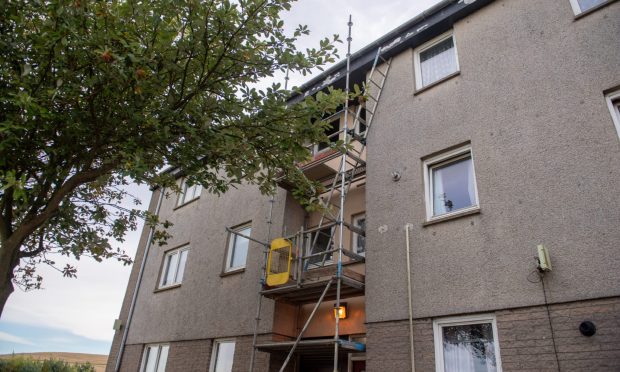
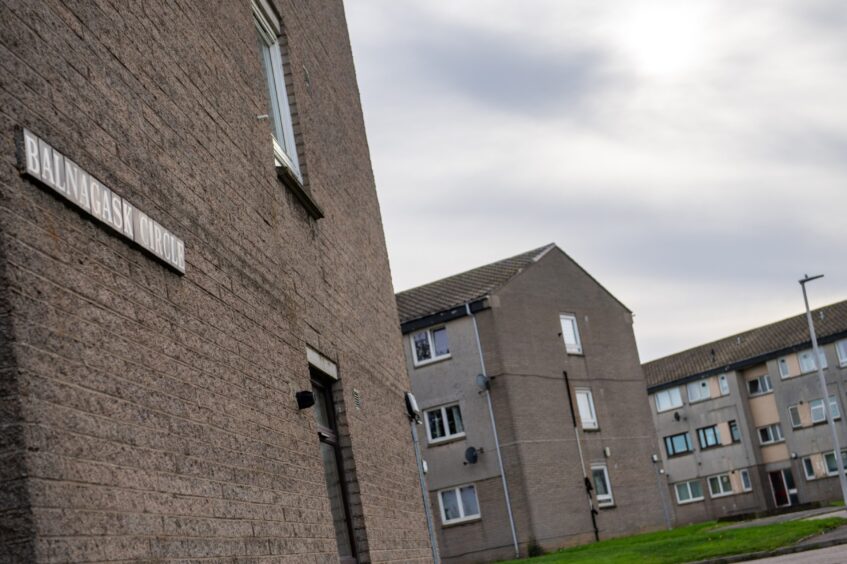
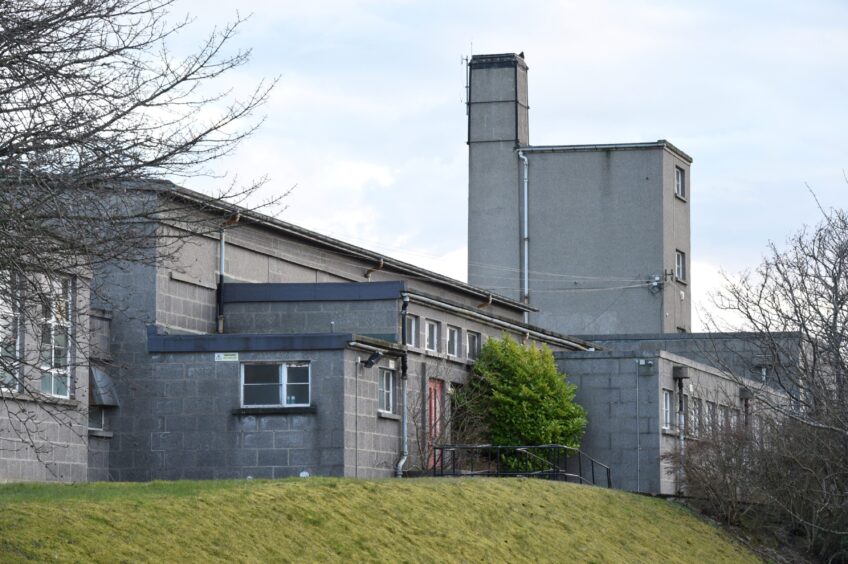
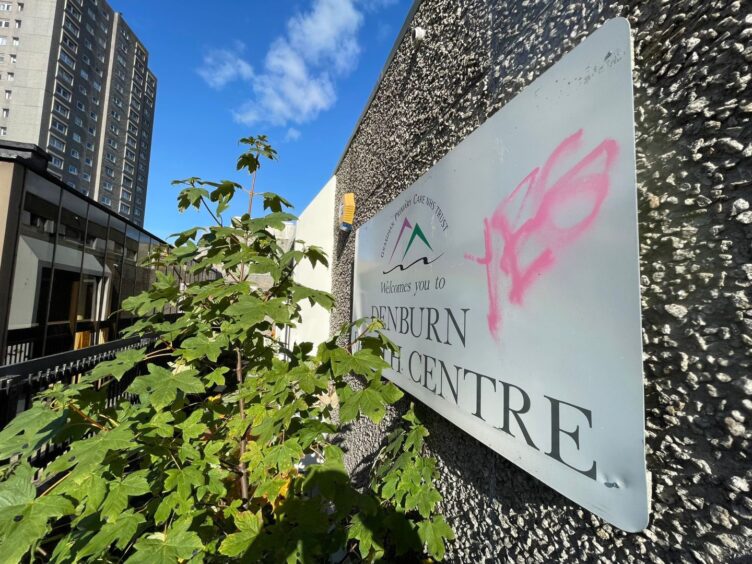
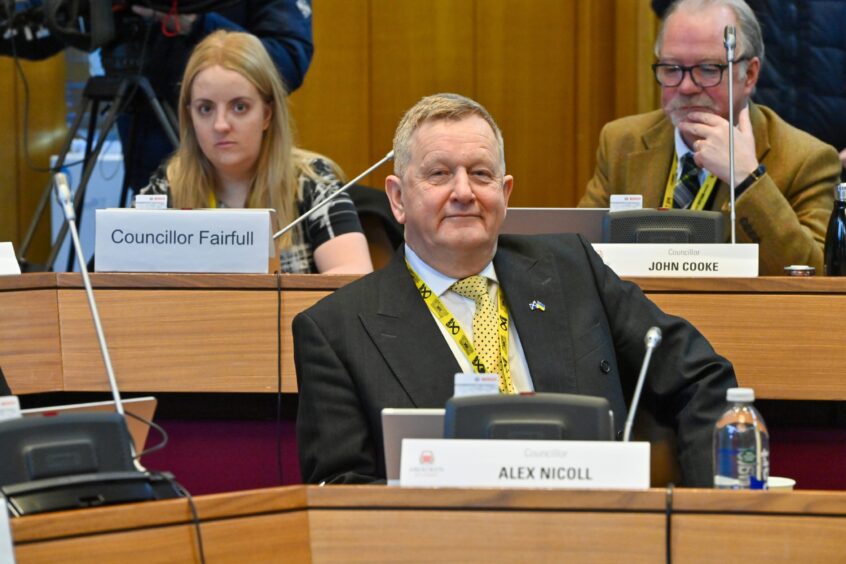
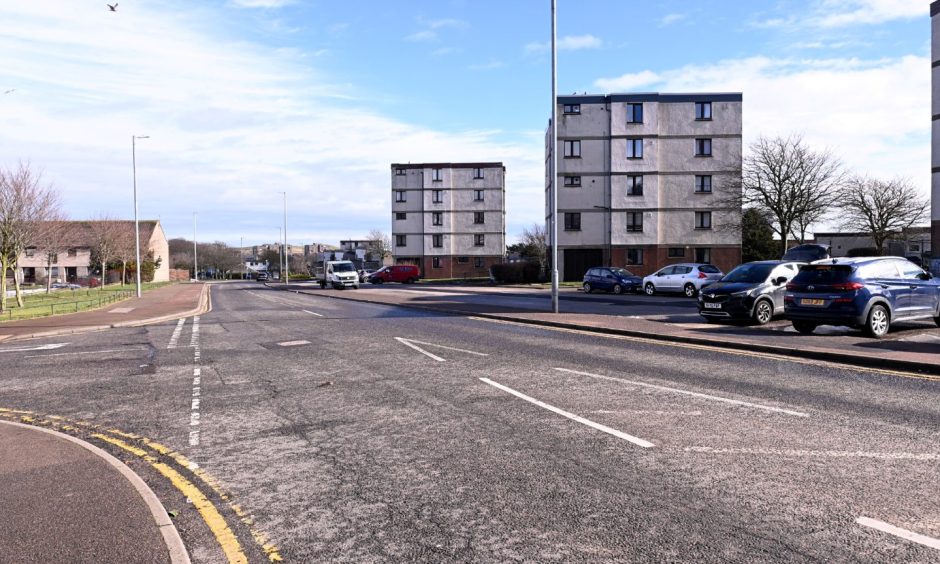
Conversation